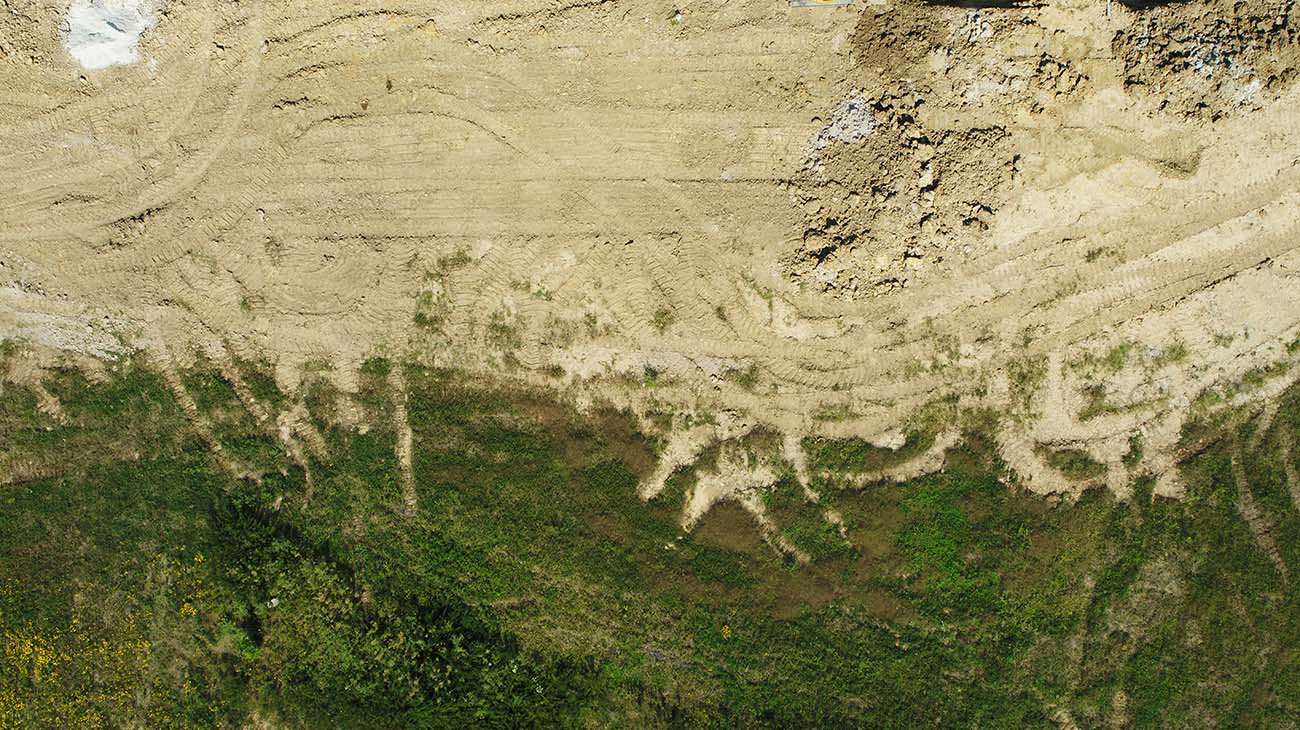

INSIGHT
5 ways drones improve inspection and survey safety
Connect with us
When considering the possible uses for drones, companies typically look for the three D’s: dull, dirty and dangerous work. Public and private organizations alike are finding more ways to utilize drones to do these types of jobs and are finding workplace safety high on the list of benefits.
Here are some examples of how drones can inspect, identify and capture data to help to minimize risks and improve safety when conducting field inspections and surveys.
- Water Tank Inspections
Inspecting the inside of an elevated or ground water storage tank usually requires the water to be emptied so an individual can view the inside of the confined space. Utilizing drones designed to go underwater, it is no longer necessary to lower the water and there is not a need for an inspector to go inside the tank. In addition to eliminating the safety risk, there are several other benefits to using a drone for water tank inspections. To see one in action and learn more check out this short video from a drone doing an inspection.Drones can also be used to inspect the exterior of water tanks, eliminating the need for someone to climb the tank.
- Stockpile Inventory and Assessments
Stockpiles are subject to instability, creating a risk to workers in operational and non-operational areas. Traditional methods of measuring large stockpiles, including using a walking wheel, sometimes requires climbing or walking on the stockpile. These activities put employees at risk and provide inaccurate results because they are not actually measuring the volume of the stockpile.Alternatively, images captured by a drone can be used to calculate the amount of inventory in stockpiled materials, such as sand and gravel. Using this method removes employees from the potential of injury and saves a considerable amount of time and money by allowing data of their entire worksite to be captured all at once.
-
Worksite Safety Inspections
Common structures requiring safety inspections include towers, wind turbines and bridges. These inspections are done to assess structural conditions and ensure worksites aren’t exposing workers to serious risks. However, the inspections can put the inspectors themselves into dangerous situations. By assessing these types of worksites on their behalf, drones have significantly reduced the risk exposure for inspectors.Using drones to capture a detailed assessment of these structures has an added benefit. By attaching special lenses or LiDAR to the drone, data can be captured and exported as point clouds. The point clouds are used to create 3D models showing details of the structure’s integrity and is helpful in determining the useful life.
-
Inaccessible Terrain and Locations
Surveys and geographical mapping are sometimes necessary in places that are not easily accessible or pose a danger to workers. These areas might include dangerous coastlines, mountains or remote terrain. Drones grant you access these areas making it possible to capture imagery, providing the necessary information while minimizing the chance that a safety risk will emerge. -
Disaster Events
Disaster events can create many different scenarios where there is a need to have more information about a location. Often these situations, especially during or immediately following the event, it unsafe for people to access the area to assess it. Using a drone to capture information can provide data quickly while keeping the risk to a minimum.Depending on the event, a swift response to remedy a problem can prevent it from becoming much worse. See how drones helped as a landslide caused by heavy rains threatened to destroy Mandaree water treatment system.
Taking Workplace Safety from Reactive to Proactive
Drones can help provide a way to take your commitment to safety to the next level. If you are looking for other ways to improve workplace safety, check out this free webinar, Beyond Zero: Designing a Successful Program.
Learn More
There’s a lot of possible uses for drones. Before exploring these, you should become familiar with your state and local regulations on the usage of drones.
If you have an application that you are considering using a drone, and you have a question about it, you can contact one of our drone experts by filling out the form below.
Tell us about your project
We’d love to work with you. Tell us the services you are seeking and one of our team members will connect with you.